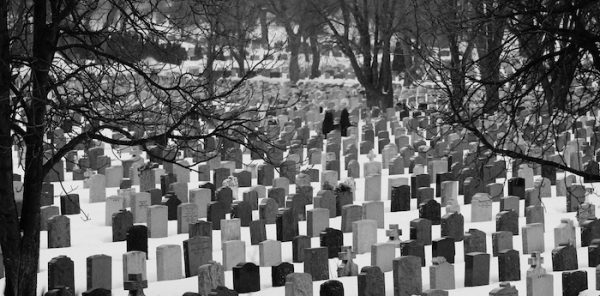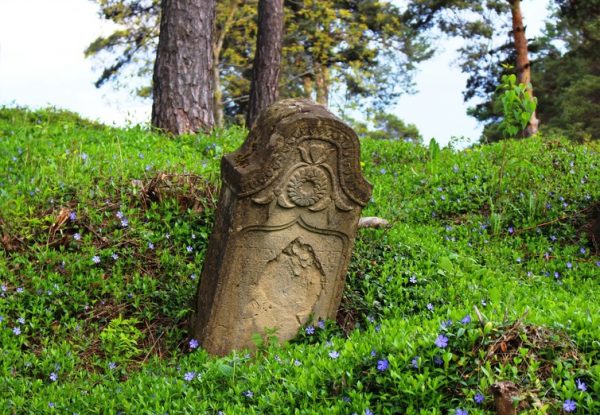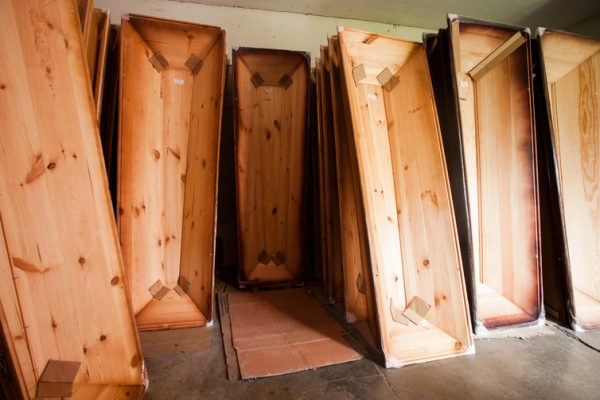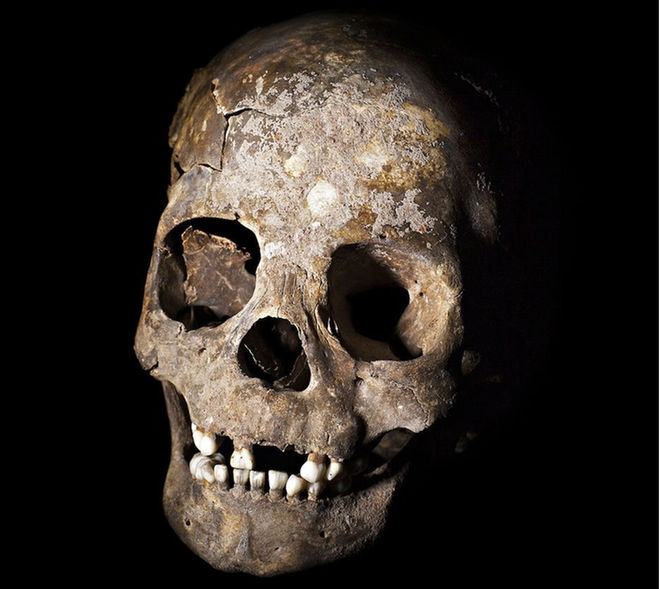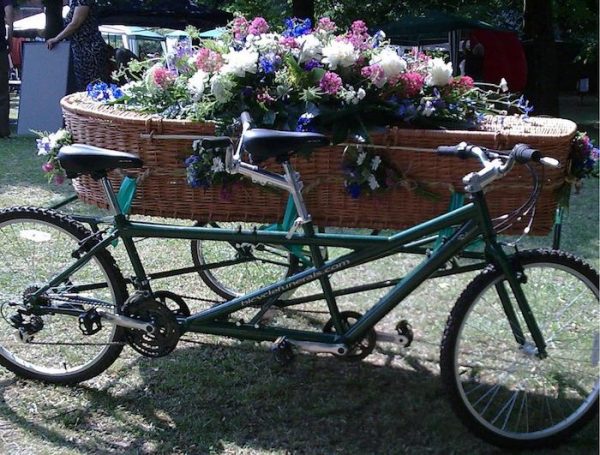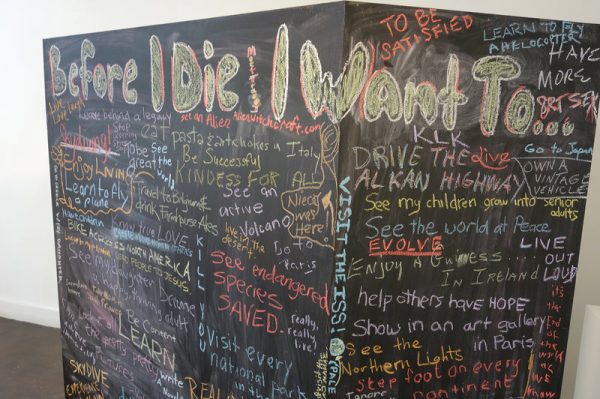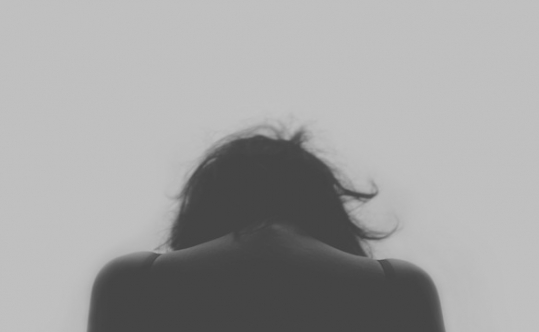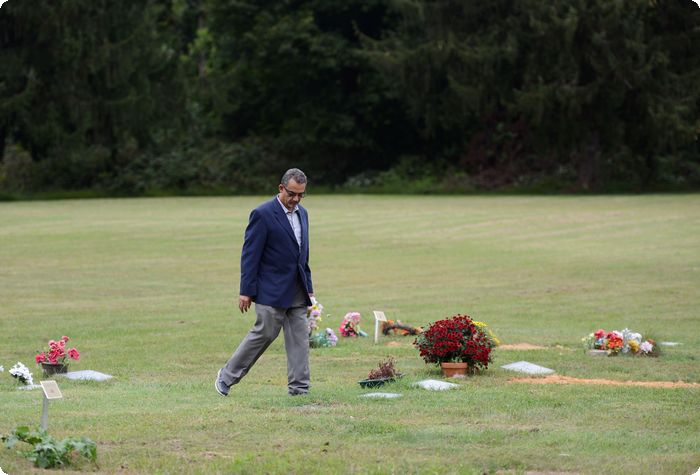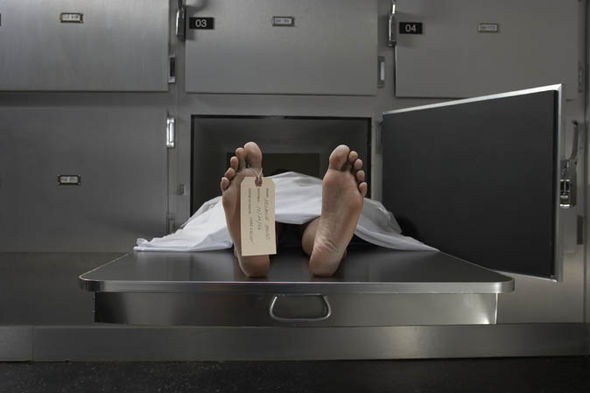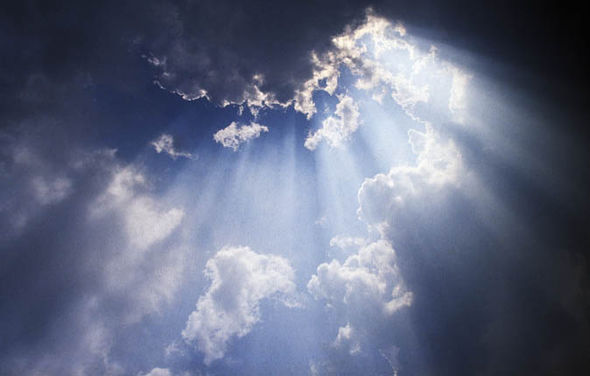It might not be something you want to think about very often, but it turns out that the way we treat our dead in the modern age is heavily influenced by the way our ancestors treated theirs.
When you look at death and funeral practices through the ages, repeated patterns of behaviour emerge, making it easy to see where some of our modern ideas about death – such as keeping an urn on your mantelpiece or having a gravestone – have come from.
So here are nine surprising facts about death and funeral practices through the ages:
1. Some prehistoric societies defleshed the bones
This was done with sharp knives. And we know this because human skeletons buried during this period show the traces of many cut marks to the skulls, limbs and other bones.
During the medieval period, bodies that needed to be transported over long distances for burial were also defleshed – by dismembering the body and boiling the pieces. The bones were then transported, while the soft tissues were buried close to the place of death.
2. Throwing spears at the dead
During the Middle Iron Age, “speared-corpse” burials were a pretty big deal in east Yorkshire. Spears were thrown or placed into the graves of some young men – and in a couple of instances they appear to have been thrown with enough force to pierce the body. It is unclear why this was done, but it may have been a military send-off – similar to the 21-gun salute at modern military funerals.
3. The Romans introduced gravestones
As an imported practice, the first gravestones in Britain were concentrated close to Roman military forts and more urbanised Romano-British settlements.
Back then, gravestones were more frequently dedicated to women and children than Roman soldiers. This was most likely because Roman soldiers were not legally allowed to marry, so monuments to their deceased family members legitimised their relationships in death in a way they couldn’t be in life.
After the end of Roman control in Britain in the fifth century, gravestones fell out of favour and did not become widely popular again until the modern era.
4. The Anglo Saxons preferred urns
During the early Anglo-Saxon period, cremated remains were often kept within the community for some time before burial. We know this because groups of urns were sometimes buried together. Urns were also included in burials of the deceased – who were likely their relatives.
5. Lots of people shared a coffin
During the medieval period, many parish churches had community coffins, which could be borrowed or leased to transport the deceased person from the home to the churchyard. When they arrived at the graveside, the body would be removed from the coffin and buried in a simple shroud.
6. And rosemary wasn’t just for potatoes
Sprigs of rosemary were often carried by people in the funeral procession and cast onto the coffin before burial, much as roses are today. And as an evergreen plant, rosemary was associated with eternal life. As a fragrant herb, it was also often placed inside coffins to conceal any odours that might be emerging from the corpse. This was important because bodies often lay in state for days and sometimes weeks before burial, while preparations were made and mourners travelled to attend the funeral.
7. Touching a murderer could heal
Throughout early modern times, and up until at least the mid 19th century, it was a common belief that the touch of a murderer – executed by hanging – could cure all kinds of illnesses, ranging from cancer and goitres to skin conditions. Afflicted persons would attend executions hoping to receive the “death stroke” of the executed prisoner.
8. There are still many mysteries
For almost a thousand years, during the British Iron Age, archaeologists don’t really know what kinds of funeral practices were being performed across much of Britain. And human remains only appear in a few places – like the burials in east Yorkshire. So for much of Britain, funeral practices are almost invisible. We suspect bodies were either exposed to the elements in a practice known as “excarnation”, or cremated and the ashes scattered.
9. But the living did respect the dead
Across time, people have engaged with past monuments to the dead, and it is common for people to respect older features of the landscape when deciding where to place new burials.
Bronze Age people created new funeral monuments and buried their dead in close proximity to Neolithic funeral monuments. This can be seen in the landscape around Stonehenge, which was created as an ancestral and funeral monument – and is full of Bronze Age burial mounds known as round barrows.
And when the Anglo-Saxons arrived in Britain, they frequently buried their dead close to Bronze and Iron Age monuments. Sometimes they dug into these older monuments and reused them to bury their own dead.
Even today, green burial grounds tend to respect preexisting field boundaries. And in at least one modern cemetery, burials are placed in alignment with medieval “ridge and furrow”. These are the peaks and troughs in the landscape resulting from medieval ploughing.
Complete Article HERE!

